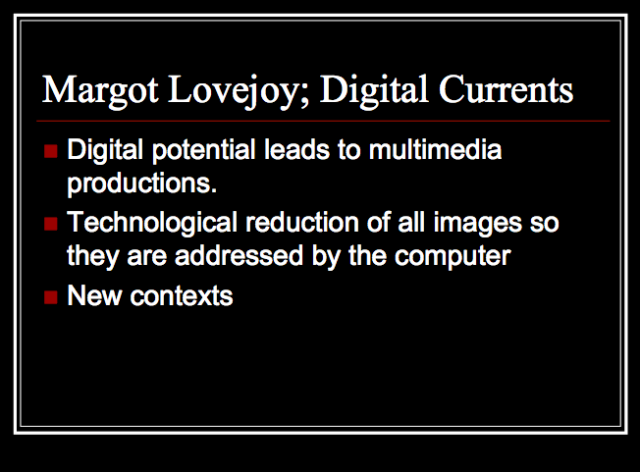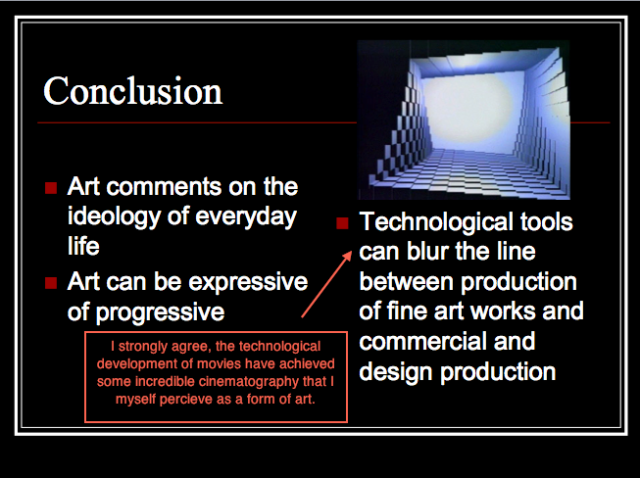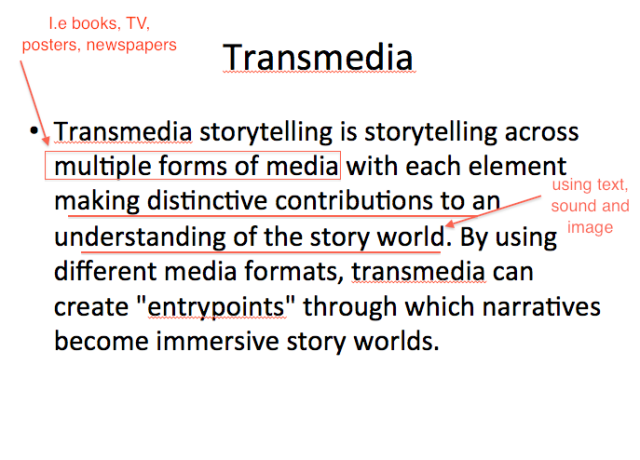2nd of feb Censorship and truth
-Notions of censorship and truth
– the indexical qualities of photography in rendering the truth
google indexical
Because of the software it can always be improved, it’s a given that it could have been. Manipulation isn’t new. What is the magic, the printing? The scene? The composition?
Anstel Adams works from the same negative to manipulate the same image, like making it look like a different time of day or different weather.
Stalin with and without trofsci, political statement, showing the truth as they want you to see it.
The Internet means ppl are able to publish doctored images like 911 sick advertisaing. Evian and gap.
Photography actually captures what’s going on, no longer the phrase the camera never lies,.
Manipulating images to sell magazines and newspapers. Kate whinsplet and her long legs.
Should you believe things in the newspaper if they are going to doctor them? Are they authentic?? Papers are supposed to show you the truth. Is it that important that they are doctored ???
Children believe what they are taught ( slide about child and Germans japanese and americans )
Peter turnley, the unseen gulf war December 2002
Takes the pictures for ppl to come to their own judgment.
Photos that are quite disturbing but need to be shown , but weren’t bing shown the the public but were bing doctored.
Does black and white make them any less real? What about colour? Does color add more life to a picture?
An-my le, making more art of war with photography? On persons reality, is this the reality of the solder on the air craft carrier ( picture n slide)
– photographic manipulation and the the do umentatoln of truth
Censor
Morals – principles
Ethics
– censorship in advertising
If one person looks at an advert and makes them think sex where do we stand with it? Isn’t that indicative of that persons thought? Or is everyone thinking about that?
Oliviero toscani, united colours of Benetton advert 1992
Challenging societies thought on race
Charities often use shocking or hard hitting images to get their lint across ( today’s charity adds )
Opi,um poster why is landscape not acceptable but portrate is? So why is Venus Cupid folly and time painting acceptable?
Is the fact that there paints make them acceptable to look at?
– censorship ion art and photography































